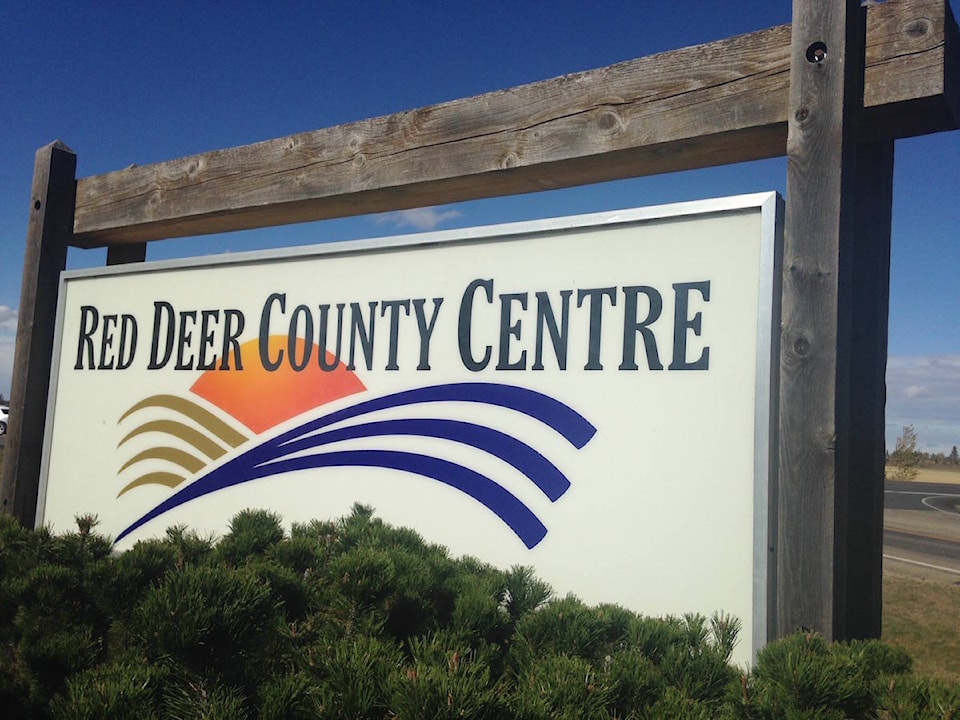Red Deer County has doubled down on construction work to take advantage of recession-hit pricing.
The money set aside for roads, bridges and other capital projects is up sharply to $39.3 million, compared with just under $29 million this past year.
“The strategic intent is to take advantage of the lower prices to get some much needed paving, road construction and intersection improvements completed,” Heather Surkan, director of corporate services, told council.
Council unveiled its three-year operating and five-year capital budget plans on Tuesday. The budget will go to the public for feedback before coming back to council for approval on Dec. 19.
The proposed $47.5-million operating 2018 budget is in line with previous years.
Residential taxpayers whose assessment has not changed will not likely see any change in their tax bills and farmland tax rates remain unchanged. Non-residential taxpayers could see about a six per cent increase as the county compensates for lower tax revenues, mostly from the oil and gas sector.
Surkan called the county’s financial plan an “ambitious yet achievable budget.”
Mayor Jim Wood said the boosted capital spending is all about taking advantage of competitive pricing.
“Anytime that we can get work done at close to 50 cents on the dollar — that means twice as much work for the same money — it’s very prudent to do so.”
It is a game plan the county followed last year as well.
Wood said the county remains in a strong financial position.
“We are debt free and we have a huge reserve,” he said. “We build those reserves over time to take advantage of opportunities like we have right now.
“The economy is slow in Alberta. We know it will pick up and when it does pick up again we know our costs will rise.
“So, that’s why we’re showing more money being spent in 2018 than we are in 2019. and 2020.”
In 2019, capital spending is expected to fall back to more typical levels at $20.3 million, followed by $20.5 million in 2020.
While the county has seen savings on one front, the brunt of the recession is felt on other budget lines.
The slowdown in oilpatch activity took a toll on the amount of money the county receives in machinery and equipment and linear (pipelines, power and telecommunications lines etc.) taxes.
“On the commercial side, we have identified the need to replace lost revenue that we are having right now from our oil and gas sector,” said Wood.
“We have not noticed very many oil and gas wells drilled within the last number of years.”
Linear assessment shows the trend clearly. In 2013, the county had almost $1.1 billion of linear assessment. That is down to about $870 million this year and is projected to drop to a little over $600 million by 2020.
The county is also proposing a small increase to its recreation levy. Wood said it will have a “negligible” impact on tax bills but is needed to cover expected higher recreation contributions to neighbouring municipalities.
Key Red Deer County initiatives for 2018 and beyond:
• Bridge repairs $4.1M (2018); 5 year average - $4.4 million
•Range Road 10 construction and overlay - $7.1 million
• Township Road 360 Paving - $3.4 million
• Township Road 370 East construction - $4.7 million (2018); West - $3.5 million (2019); West - $7.5 million
(2022)
• Range Road 224 - $1.4 million
• Transit and bus shelters - $850,000
• Springbrook Water Treatment Plant and reservoir replacement - $4.2 million
• Old Hwy 21 overlay - $4.9 million
• Township Road 354 rebuild & base pave - $8.3 million
• Range Road 272 rebuild - $3.4 million
pcowley@reddeeradvocate.com
Like us on Facebook and follow us on Twitter
